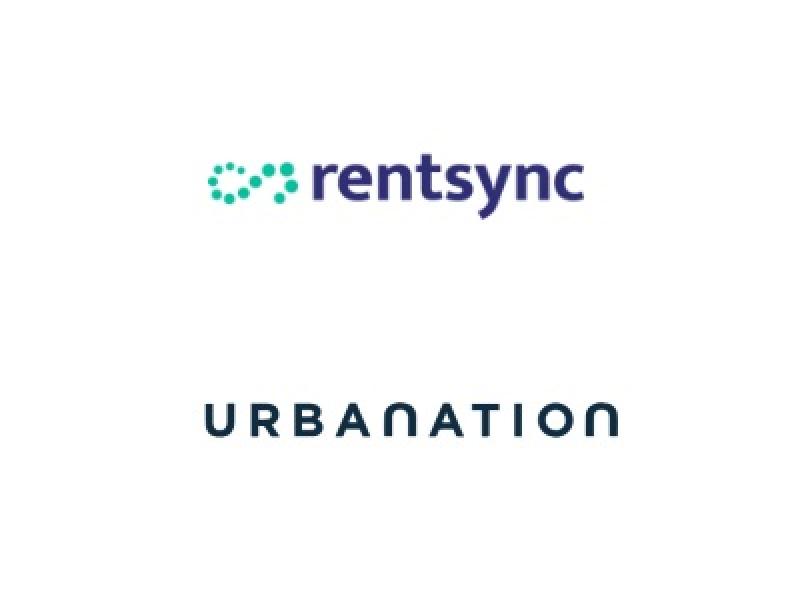Innovation, often thought of as the future of business, has given rise to everything from new programming languages in software engineering all the way down to just-in-time manufacturing.
The same holds true for real estate; innovation has been changing things since before COVID-19, but the pandemic has given even more fuel to that fire.
How we shop today is a great example – we buy more online than ever before! E-commerce changed retail real estate as people are finding they love shopping on their phones.
The birth of the department store
One of the most important innovations in retail real estate was the invention of the department store. These stores stocked all kinds of products or services under one roof, making shopping easier.
This new kind of establishment changed how we shop because it lowered transaction costs for customers and vendors alike. Economist Michael C. Munger defines transaction costs by three categories:
– “Triangulation” is how potential buyers and sellers find one another.
– “Transfer” implies getting the goods from the seller to the buyer; and
– “Trust” means buyer and seller are both assured they will receive what they expect.
Successful innovations of the 1890s department store also included laying out merchandise and allowing shoppers to browse, aggregating different categories of products in the same space, spending on advertising and paying commissions. Today we take these ideas for granted, but back then they were new and inventive.
These new innovations in the retail space, however, also led to an unexpected problem – shoplifting by white middle-class women.
In December 1898 at the Siegel-Cooper department store in New York City, two women entered and picked up an umbrella and perfume and walked out without paying.
They were arrested but were not charged with a crime. Their defence was that it wasn’t their fault they committed a crime – rather it was the enticing setting of merchandise, which made people want things, that led to the thefts.
New way of shopping, but an old problem
The Internet has again revolutionized the way people buy and sell goods. The innovation of e-commerce has been a massive success. Like the invention of department stores, it created a new level of convenience and consumerism and lowered the cost of transacting.
“Triangulation” is accomplished with the Internet connecting millions of vendors to millions of buyers with the click of a button.
“Transfer” occurs often with one-day shipping.
‘Trust’ has been growing through experience. We trust customer reviews (often more than brands), we trust that browsers are secure and that our credit cards are safe. We trust Amazon will stand behind its products (even if those products aren’t actually theirs!).
Yet not so long ago, there were videos on YouTube of thieves taking packages delivered by Amazon from our doorsteps. These thefts diminished the trust that goods would be received. New way of shopping, but same old problem.
The pandemic’s impact on brick-and-mortar retail
During the pandemic, the shift to e-commerce was accelerated with store closures and limits on how many people could shop in-person. This not only forced many to shop for food and other essential items online, it also forced more retailers to pivot to online sales.
It helped us anticipate which brick-and-mortar stores would survive the change from physical shopping to digital shopping. “Bedrock real estate”, as we like to call it at Denciti, has continued to do well. Examples include highway commercial amenities like fast food, gas and liquor stores.
Despite the dramatic shift to online sales, we are seeing physical retail isn’t dead either. It continues to evolve with technology.
Unsurprisingly, Amazon.com is experimenting with physical stores and a “Just Walk Out” shopping experience.
No, we are not talking about five-finger discount shopping this time! “Just Walk Out” technology automatically detects when products are taken from, or returned to the shelves, and keeps track of them in a virtual cart. When you’re done shopping, you can just leave the store.
Again we see transfer and trust are both improved with this new technology.
What’s next for retail real estate?
Innovation has always been about solving problems. Innovation in any sector involves improving your industry by setting a vision about where you want to take that industry. For real estate developers, innovation also involves predicting what retailers may want tomorrow, next year – or in 20 years.
This may sound impossible, but it’s not.
One of the most interesting changes in retail over the last decade has been an ever-increasing reliance on smartphones.
Now, thanks to smartphone cameras and virtual reality (VR) technology, we’re experiencing another change – changing how we “try things on”. We can now see how a shoe looks on our foot through a virtual reality rendering displayed on our smartphone screen.
For now, this isn’t yet factoring in other revolutionary technologies, such as artificial intelligence (AI), which will undoubtedly affect countless industries including retail real estate.
When thinking about the future of retail real estate we need to remember:
– innovation and high-street shopping are not mutually exclusive;
– the high street has been around for centuries, but it’s still evolving in response to new technologies like the Internet of Things (IoT). With IoT technology on our side, retailers will be able to utilize data from smartphones, smart products and other high-tech devices to provide a seamless and convenient customer experience;
– from the moment we walk out our front door in the morning until we get back home at night, technology connects us with everything from shopping centres to restaurants;
– the future is convenience or experience, there is no third option. E-commerce and technology made sure of that.
While the future of retail will be defined by technology, the “high street” is not going anywhere. It provides an experience that cannot be replicated by devices. And we’ll always need a convenient retailer so you can purchase necessary items when you’re in a hurry.
With AI, IoT, and VR technology driving down transaction costs, we will see a merging of physical and online shopping.
The future of retail is exciting!








